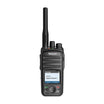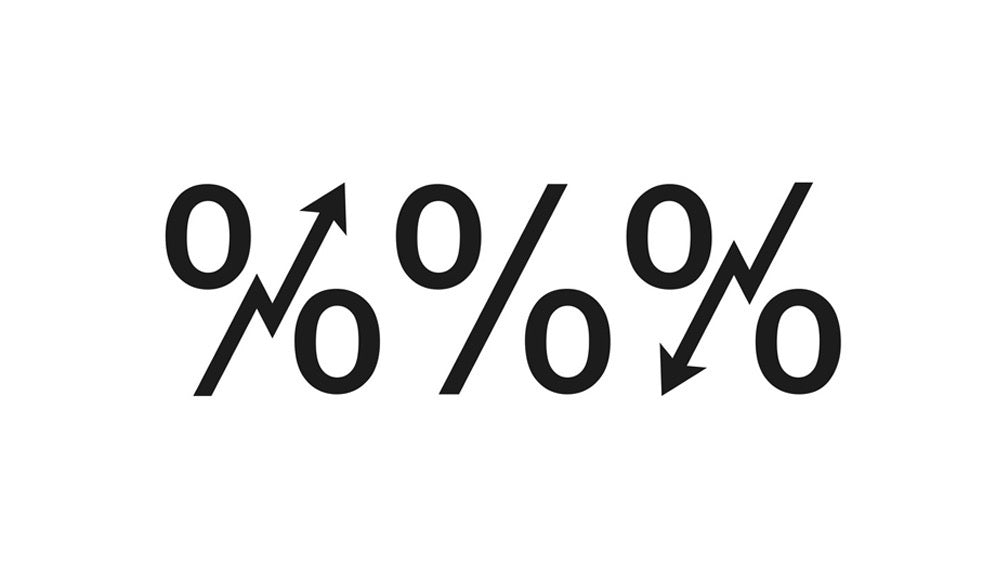In the realm of radio communications, signaling stands as a fundamental process, guiding the orchestration and management of communication flows. This blog delves into the essence of signaling, unraveling its significance and how it orchestrates the symphony of radio waves.
The Symphony of Signaling in Radio Communications
Signaling in radio communications refers to the methodical use of signals to direct and manage the flow of information. It acts as the conductor in the orchestra of radio networks, ensuring each message reaches its intended destination accurately and efficiently.
The Backbone of Orderly Communication
At its core, signaling is about control. It involves various protocols and codes that manage the initiation, maintenance, and termination of radio communication sessions. These protocols are the unspoken rules that maintain order, preventing chaos in the airwaves and ensuring a harmonious exchange of information.
How Signaling Works
Signaling operates through predefined codes and sequences that radios use to identify and interact with each other. These codes can initiate calls, establish channels for conversations, and end communications cleanly, thus maintaining the network’s integrity and efficiency.
The Conductor of the Radio Orchestra
Just as a conductor leads an orchestra to produce harmonious music, signaling leads the radio network to ensure clear and orderly communication. It coordinates the actions of various radios, directing who speaks, listens, and when silence reigns, thus preventing interference and ensuring each message is heard clearly.
Conclusion
Signaling is the invisible hand that guides the flow of communication in radio networks, ensuring clarity and order in the vast sea of radio waves. Understanding and implementing effective signaling protocols is crucial for the smooth operation of any radio communication system.











































